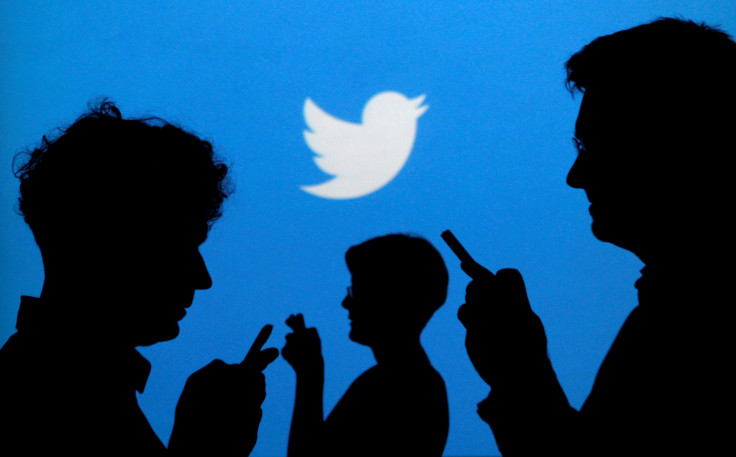On Twitter, More Fake News Than Facts Shared By Humans, Not Bots

Twitter has increasingly become a platform for organizations and people to share news, but a lot of the news being retweeted is actually fake. In fact, even if you leave aside bots (automated accounts), Twitter users share a lot more falsehoods than they share actual facts, researcher from Massachusetts Institute of Technology (MIT) found.
“We found that falsehood defuses significantly farther, faster, deeper, and more broadly than the truth, in all categories of information, and in many cases by an order of magnitude,” Sinan Aral, a professor at the MIT Sloan School of Management and coauthor of a new paper detailing the findings, said in a statement Thursday.
Soroush Vosoughi, another coauthor of the paper and a postdoc at MIT Media Lab’s Laboratory for Social Machines (LSM), began looking into the subject in the aftermath of the 2013 Boston Marathon bombing. He found that a lot of what he read online “on social media was rumors; it was false news.”
The researchers, which included LSM director Deb Roy, began looking at Twitter “cascades” (unbroken retweet chains) and charting their spread. They had support from Twitter (where Roy served as chief media strategist from 2013 to 2017), and got access to its archives, which allowed them to track about 126,000 cascades of news stories.
Between the years 2006 and 2017, these cascades included over 4.5 million tweets by about 3 million Twitter users. Of the 126,000 items that were tracked, the largest chunk of about 45,000 was political news, “followed by urban legends, business, terrorism, science, entertainment, and natural disasters.”
False news (which is the researchers’ preferred term, as opposed to fake news) of a political nature was found to disseminate more widely than other topics. And in general, “false news stories are 70 percent more likely to be retweeted than true stories are. It also takes true stories about six times as long to reach 1,500 people as it does for false stories to reach the same number of people,” the researchers found.
“These findings shed new light on fundamental aspects of our online communication ecosystem,” Roy said in the statement, adding what they found left them feeling “somewhere between surprised and stunned.”
To assess whether a piece of news was fact or fiction, researchers checked the assessment for each news item from six different fact-checking websites — factcheck.org, hoax-slayer.com, politifact.com, snopes.org, truthorfiction.com, and urbanlegends.about.com
Seeing their own findings also led the researchers to question why this phenomenon was taking place, and they suggested the answer could be a trait of human psychology — the fact that we like new things — and that false news often contains novel information. But they also said they were not claiming novelty alone was responsible for humans spreading false news.
Bots were found to share both true and false news at the same rate, while humans were likely to spread false news. Some humans would do so unwittingly, while others would do it deliberately.
“Now behavioral interventions become even more important in our fight to stop the spread of false news. Whereas if it were just bots, we would need a technological solution,” Aral said.
The paper, titled “The spread of true and false news online,” appeared online Friday in the journal Science.
© Copyright IBTimes 2024. All rights reserved.











